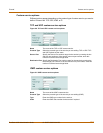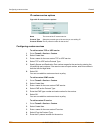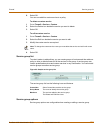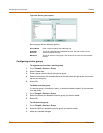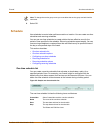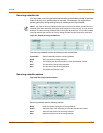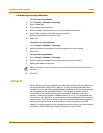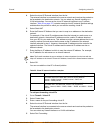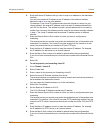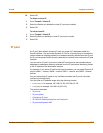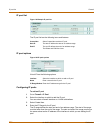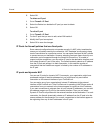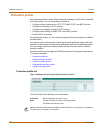
Firewall Virtual IP list
FortiGate-100A Administration Guide 01-28007-0068-20041203 215
You can create three types of virtual IPs:
This section describes:
• Virtual IP list
• Virtual IP options
• Configuring virtual IPs
Virtual IP list
Figure 99: Sample virtual IP list
The virtual IP list has the following icons and features.
Virtual IP options
Different options appear depending on the type of virtual IP you want to define.
Choose from Static NAT or port forwarding.
Static NAT Used to translate an address on a source network to a hidden address on a
destination network. Static NAT translates the source address of return
packets to the address on the source network.
Port Forwarding Used to translate an address and a port number on a source network to a
hidden address and, optionally, a different port number on a destination
network. Using port forwarding you can also route packets with a specific
port number and a destination address that matches the IP address of the
interface that receives the packets. This technique is called port forwarding
or port address translation (PAT). You can also use port forwarding to
change the destination port of the forwarded packets.
Dynamic port
forwarding
Similar to port forwarding, dynamic port forwarding is used to translate any
address and a specific port number on a source network to a hidden
address and, optionally a different port number on a destination network.
Note: The maximum number of virtual IPs is 1024.
Create New Select Create New to add a virtual IP.
Name The name of the virtual IP.
IP The external IP address mapped to an address on the destination network.
Service Port The external port number of the service from the IP.
Map to IP The real IP address on the destination network.
Map to Port The port number added to packets when they are forwarded (not required).
The Delete and Edit/View icons.



